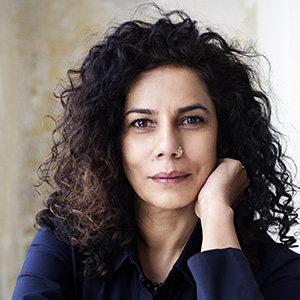Where Life Takes Place
On words, materials and time in architecture
Anupama Kundoo started her professional practice in 1990 and she now has offices in Berlin, Germany, and Pondicherry, India. In 2021 she was the recipient of the RIBA Charles Jencks Award, the Auguste Perret Prize and the Building Sense Now Global Award. Her work has been published and exhibited widely including the solo exhibitions Taking Time at the Louisiana Museum of Modern Art, Denmark in 2021, and most recently Co-Creation: Architecture is Collaboration at the Roca Barcelona Gallery in 2022.
The importance of words for architecture
Words are to action what drawings are to manifesting buildings. Words become acts and so for me they are very important. I think everything begins with a thought and with the intention to create it. So words have power because they are the first thing to name a thought and they work both on the conscious and unconscious level. For instance, we often say: “Stop war,” but it makes a big difference if you say instead: “Make peace.” I love to quote the example of the song Imagine because it’s a positive vision that brings out the best of us when we hear it. That’s the power of words.
I used to tell myself: “If I fully see the widest possible future, then it doesn't matter where I come from, it only matters where I want to go.” We are born to whichever parents, in whichever country, it doesn't matter. But what matters, is how big our dream is and the first step towards it is to name it.
Students and writing
Many people think that when I teach it’s all about us putting our hands in the ground and dealing with the material. People know about that part of my teaching. What they don't know is that on the very first day of most of my studios I begin by asking the students to write a 100-word text with a title and a subtitle.
I think that in most conventional schools we put a great deal of pressure on past references and students are overly informed by the baggage of the past. I prefer them to be pulled forward by the future and putting their aspirations on paper is the first step. After they've written the text, they see a little more clearly. Then I let them start with the past, but only after they have a plan. And one of the things I learned by doing this exercise, which I really love, is that I feel that even students who are not anchored in themselves in the very first week become rooted into their idea, and they feel secure.
Information and knowledge
Even though we are in the age of information, for me information and knowledge are totally different things. And I think our imagination is going to save us. Past knowledge has to be there and we also have to be up-to-date. But we must cultivate our sense of imagination, and cultivate the human capacity to see materials differently.
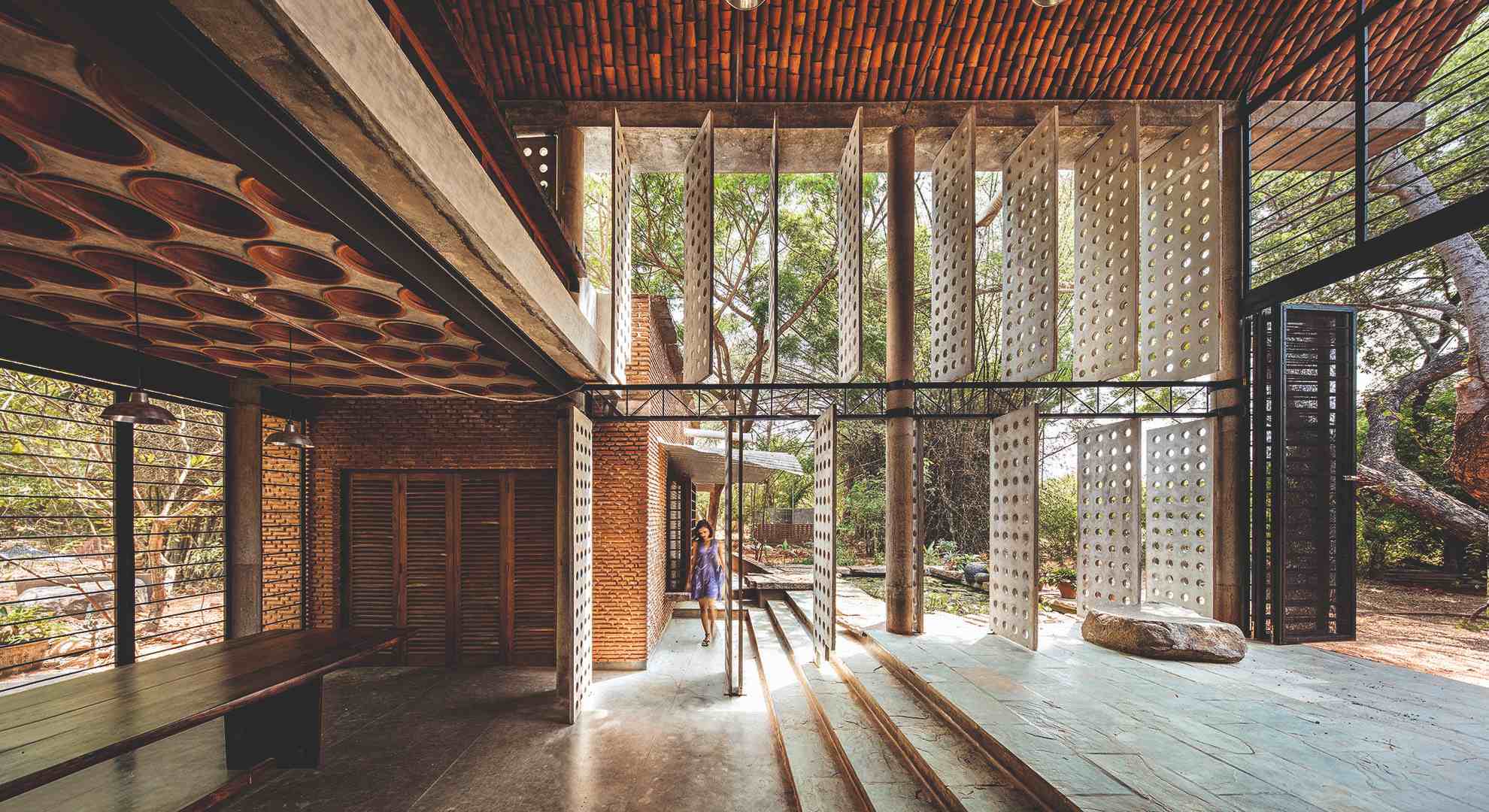
Wall House, Auroville, India, 2000, Anupama Kundoo. Photo © Javier Callejas
Research-oriented practice/Practice-oriented teaching
I don’t believe that teaching is an activity, I think learning is an activity because I don't think it’s possible to teach, but it is possible to learn. This has influenced my practice, because I’ve worked at creating a laboratory situation, where the students and I are not on separate sides of the table, where one is a teacher imparting knowledge and the other receiving it. My approach is based on an ancient Chinese proverb that is often attributed to Benjamin Franklin: “Tell me and I forget, teach me and I may remember, involve me and I learn.”
So in my practice, I apply new things that I have discovered, and also things I am struggling with, which I take as open questions, like for example, when we were firing the mud houses in situ. I take my students into such projects and say: “Listen, we are about to do this thing. It's very hard to do and we don't know what is going to happen. These are our questions, we are investigating this together.” So when we bring in the engineers, everyone comes with their doubts and puts them on the table and I feel the students have a chance to be at the border of where knowledge and ignorance meet.
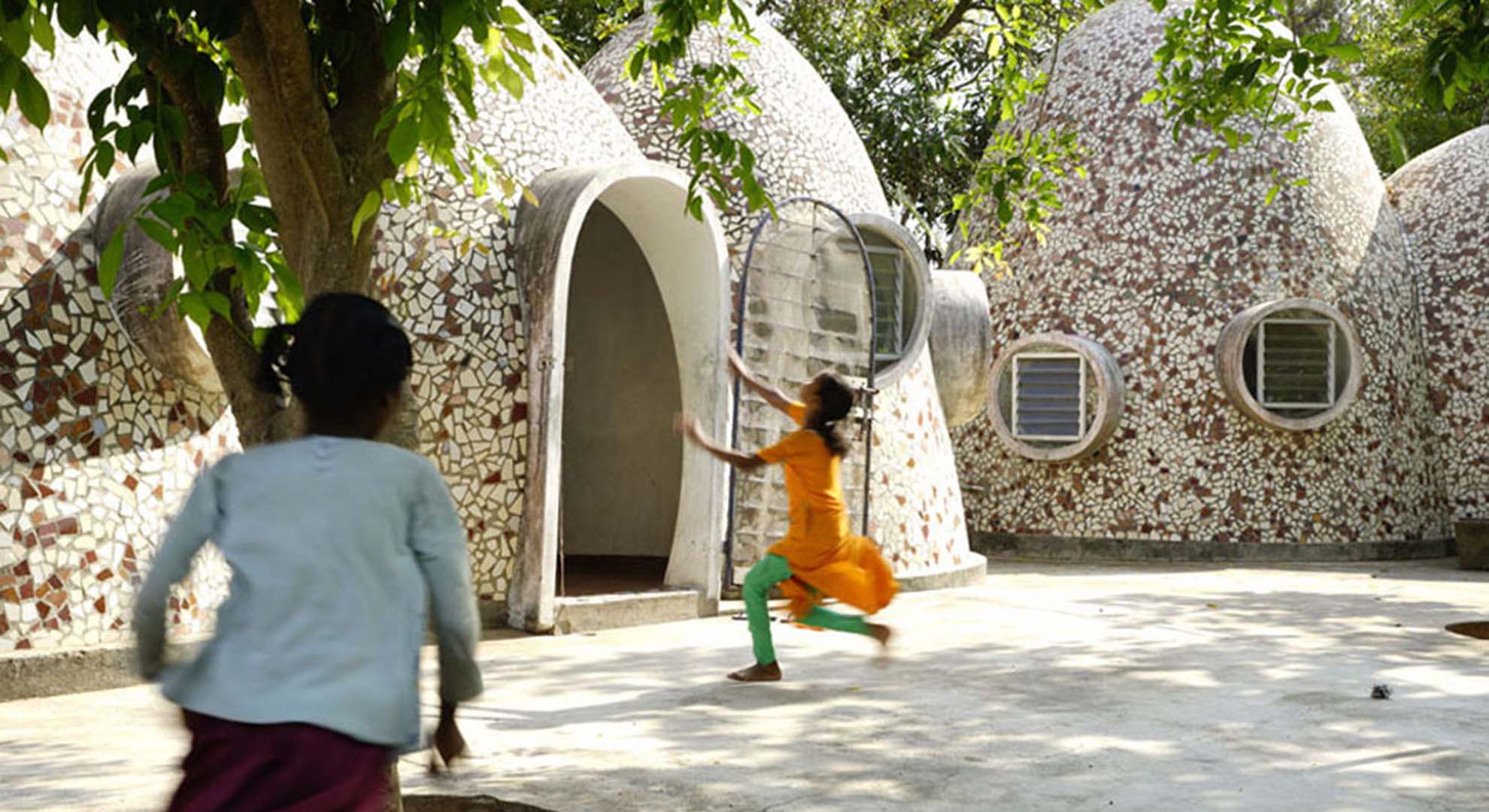
Volontariat Homes for Homeless Children, Pondicherry, India, 2008, Anupama Kundoo. Photo © Javier Callejas
Permanence and renewal
I believe that as humans we are part of a larger collective organism, which means that even if things die, or things have their time and they are done, the whole organism lives on. Cells have different life spans, but new ones are born all the time, just like every day we have new thoughts and some thoughts are edited out. And so I think about permanence as a kind of deconstructed thing.
I lived in a house I designed with woven coconut leaves for about 10 years. The leaf itself has a three-year lifespan, but the house lives on, it’s just that every three years the leaves are renewed.
Maybe It's kind of mystical, but I think we can see ourselves as a collective organism that is building cities. And following the big picture, I try to take small steps, thinking, what work, what action can I do every day? Which thoughts are useful for me to develop as a human, but also in terms of the collective? I think when I can be more who I am and use my best potential, I can make a better contribution to the collective.
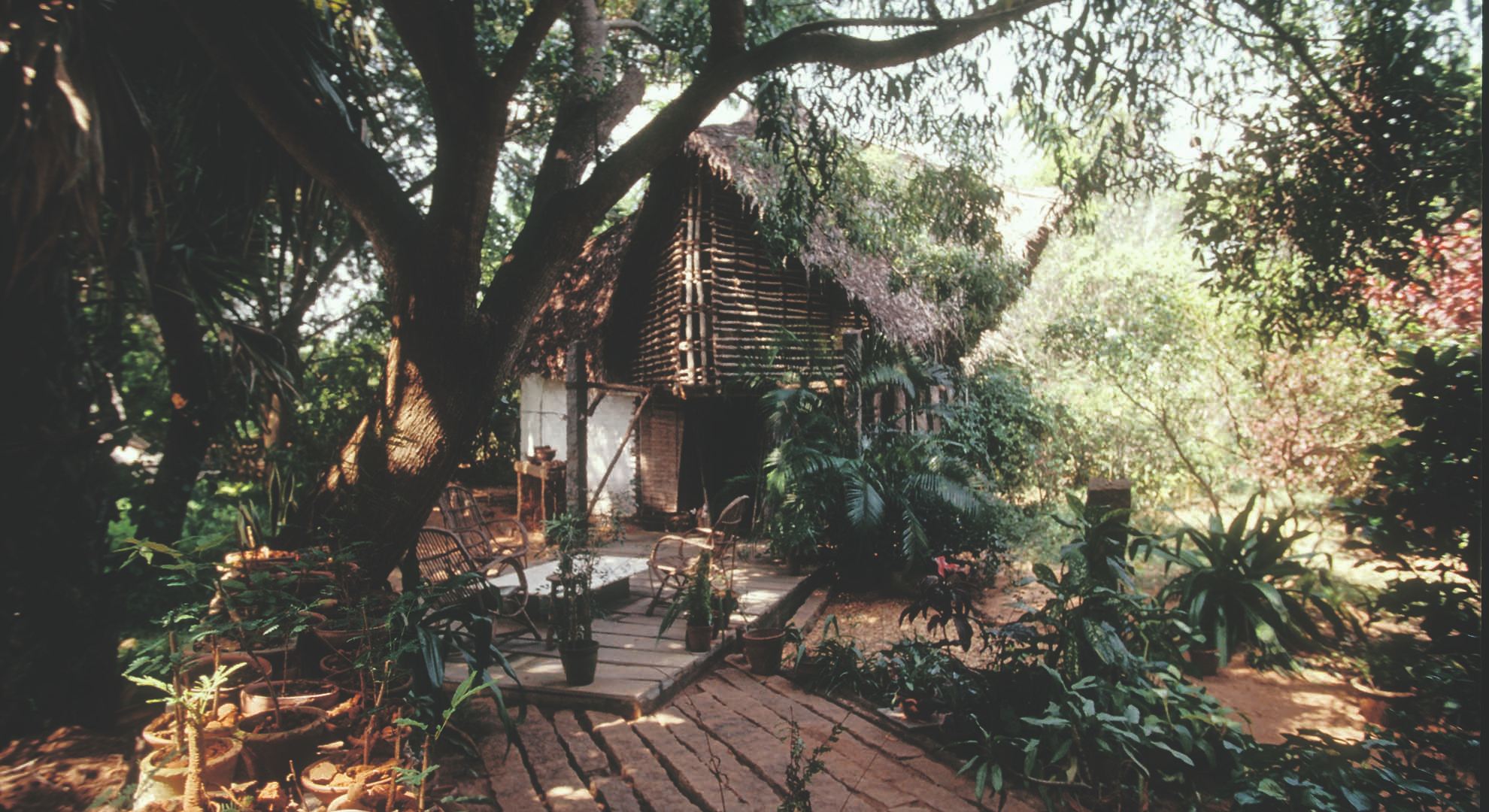
Hut Petite Ferme, Auroville, India, 1990, Anupama Kundoo. Photo © Andreas Deffner
Questioning basic assumptions about everything
I deeply believe that we are always at the crossroads. That what we know is never going to suffice. First of all, what we know is nothing compared to what there is to be known about the universe, which we look upon with fascination. I feel that curiosity and wonder and fascination about the world has always been a big intriguing thing. And it’s a very alive process, like a tree, as the roots are growing below, which we don't see.
Materiality: Three decades of research
Actually, I'm very much on the spiritual side of things. I’ve always been interested in the voids, the nonmaterial, designing the void, the proportion. I think it doesn't matter whether I build it in wood, or stone, the proportion is the proportion. The harmony, the human scale, all the things that I think architecture is about, are what design the space. As they say, the function of the pot lies in its nothingness, so nothingness is what architects are meant to design, which is a physical thing much like what poets also work with and that's the spaces between the words.
Architecture is the backdrop for life to take place. It's never supposed to be in the foreground and compete with life itself. So coming from this point of view how I moved to materiality was because I realized that industrial development took away the materials from our hands and gave them to the machines. And I think we lost the human scale to the machines. We started disengaging.
I started taking interest in materiality, because I felt that if architecture’s essence lies in the void, why do people need to fetishize about materials? Before, humans everywhere built with what they had in abundance, not with what was scarce. We are called poor countries, because we don't have steel and glass but every day we have the abundance of something. If you use what you have a lot of, it's cheap. If you use what there is less of, then it's expensive, it's so simple.
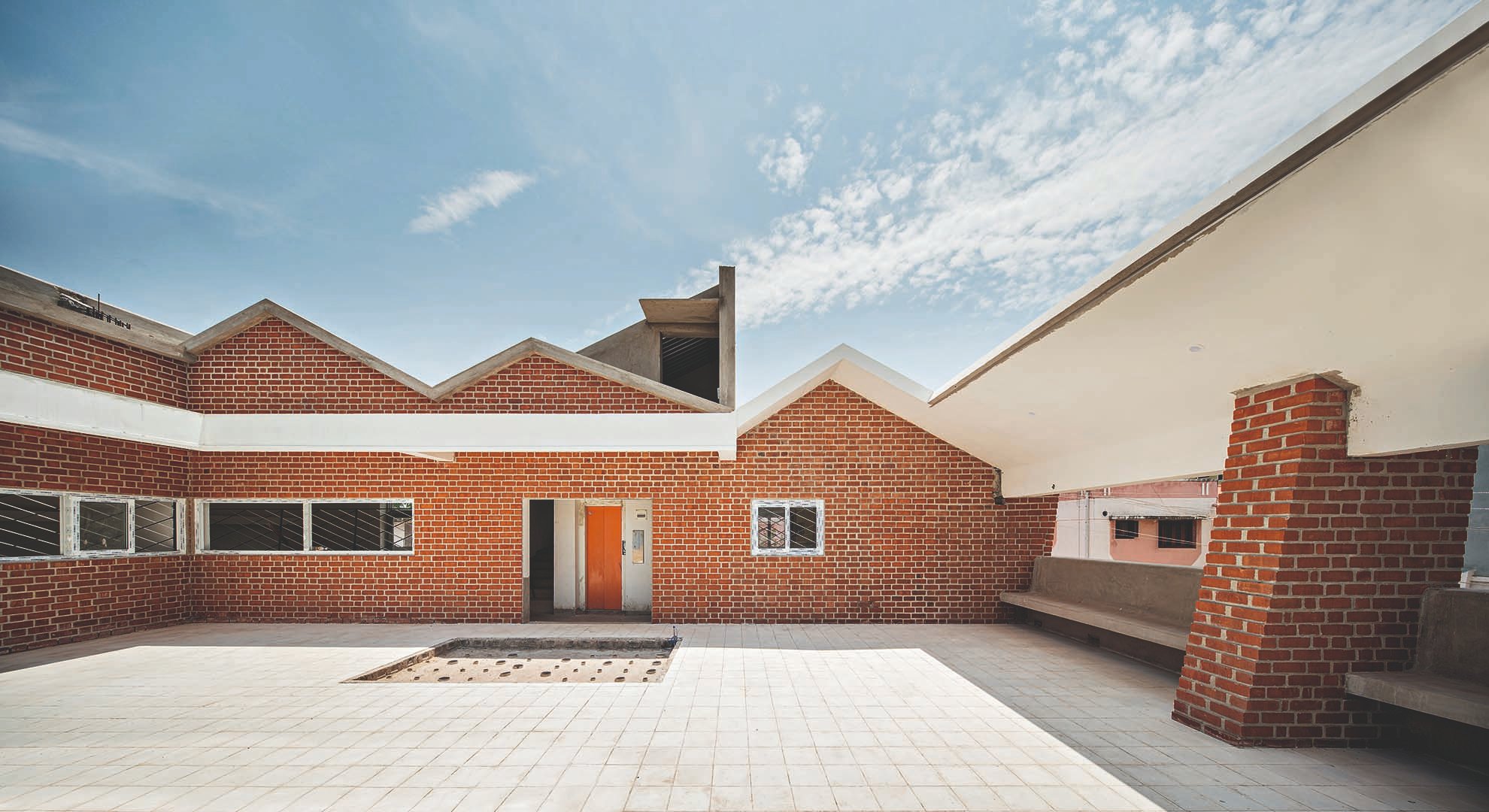
Library Nandalal Sewa Samithi, Pondicherry, India, 2018, Anupama Kundoo. Photo © Javier Callejas
A strategy for sustainability
I've been saying sustainability and materiality have nothing to do with humans using good materials or bad materials and being rigid about it. You know, an attitude like: “I think cement is bad, mud is good.” I feel what is important is not to look at the material, it's important to look at human resources versus natural resources. The Western world taught us: “Time is money; let’s cut back on human work; let’s save a few hours of human labor and spend a lot more on materials instead.” All this created a throwaway culture.
So instead, if we are eager to employ human resources, we will automatically engage. Using our brains, using our sense of caring, using our love, using our time, using our memory. By using all these things we will become deeply engaged. Then, what would happen if we worked twice as much on a project, will it be better or worse? It will only be better. So if we use human resources, happily and enthusiastically, we will definitely cut back on natural resources. This is my strategy for sustainability. And that's why I say when rethinking materiality, human time is a big underutilized resource.
The more we engage the more fulfillment we will have in our jobs and our lives. We will have a better time on the planet. In fact, time is not money, time is all we have. And by the way, everyone has 24 hours a day, we are all equal in that. Nobody has been given more time.
This interview was conducted by Diane Gray. It has been edited and condensed.
Main image: Wall House, Auroville, India, 2000, Anupama Kundoo. Photo © Javier Callejas
